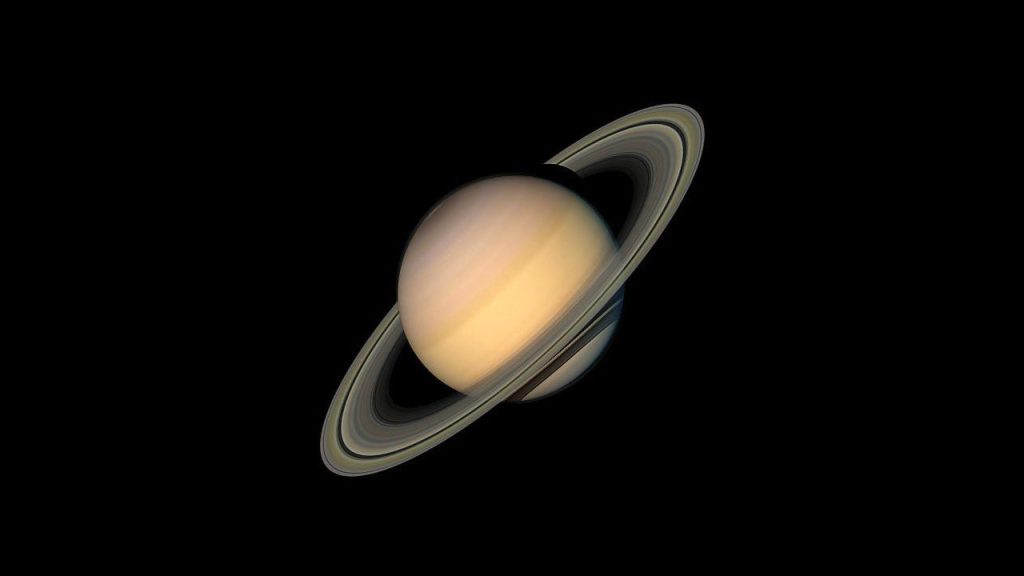Saturn is 9 times larger than Earth.
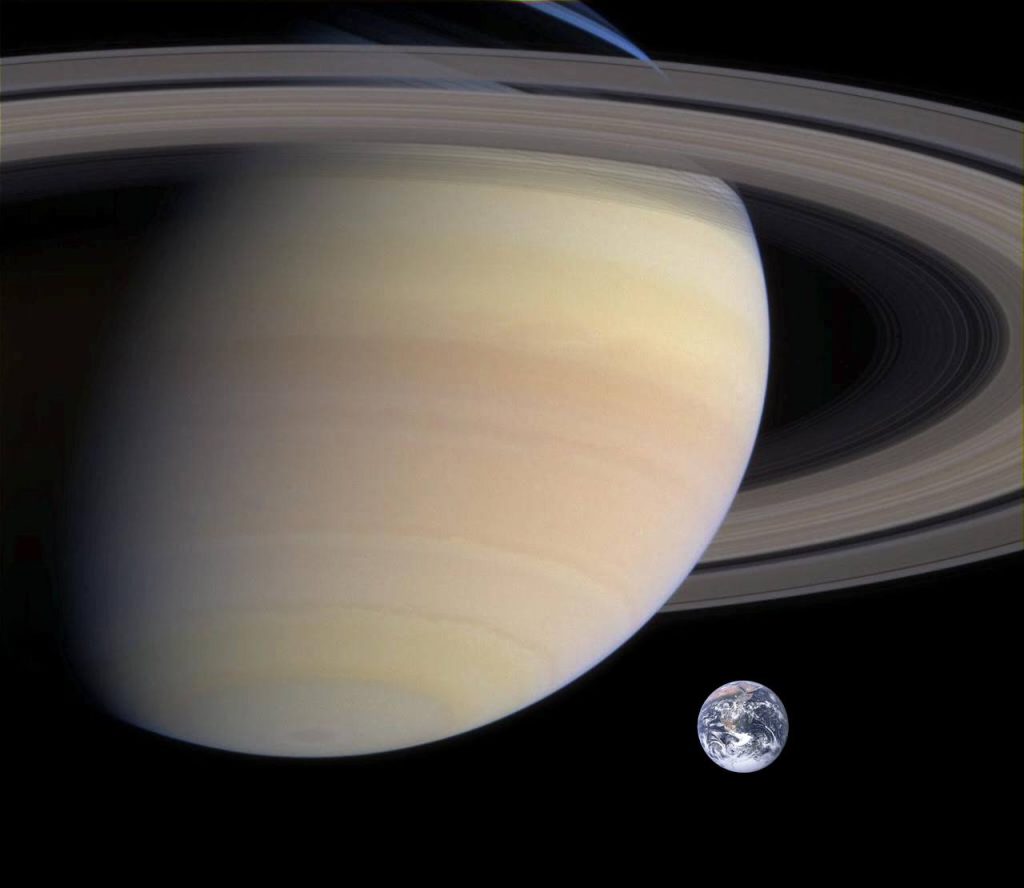
Several rings were discovered around it a long time ago, so this planet was called striped. 3-4 rings and gaps between them are usually visible from the Earth. More than a hundred separate rings have been found to exist.
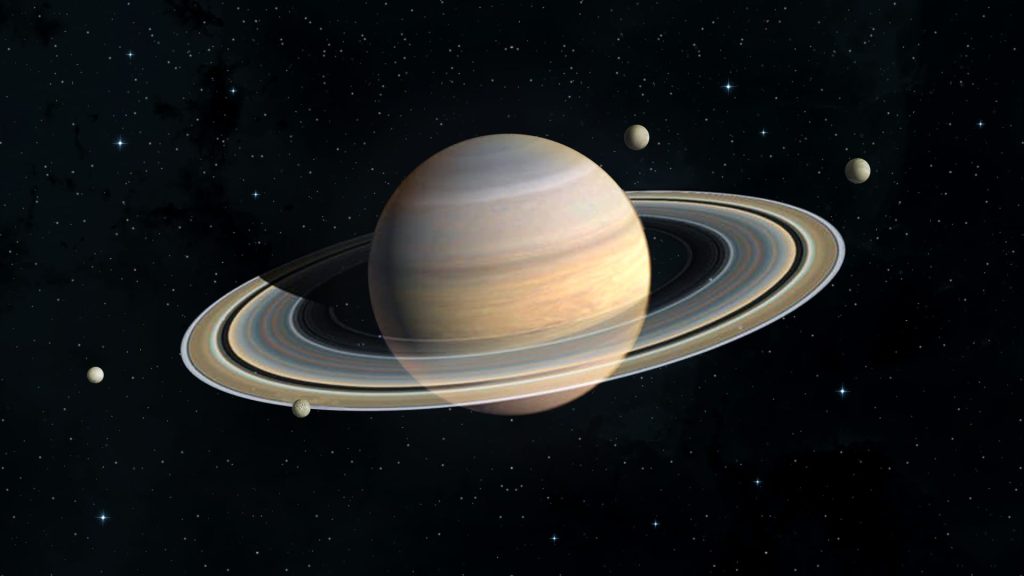
Saturn’s atmosphere, like Jupiter’s, mainly consists of methane, but here it is about twice as thick and all processes in it proceed more slowly.

According to confirmed data, Saturn has 62 satellites, two of which (Titan and Enceladus) show geological activity. However, this activity is due to the movement of ice and is not similar to the inner planets of the Solar System.
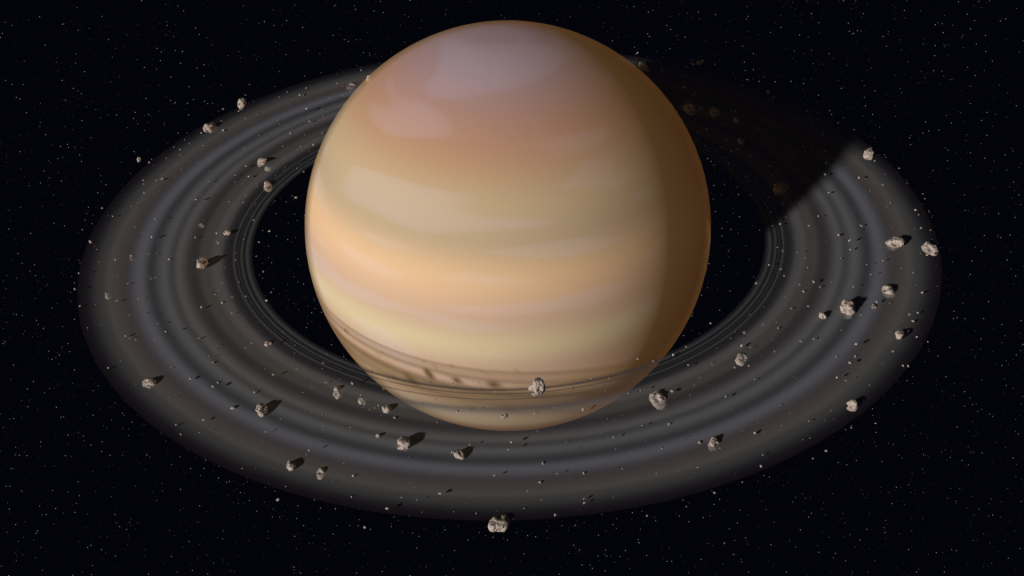
Saturn is the farthest planet in the solar system that can be clearly seen in the sky with the naked eye (Uranus is only visible in very dark skies with good vision).
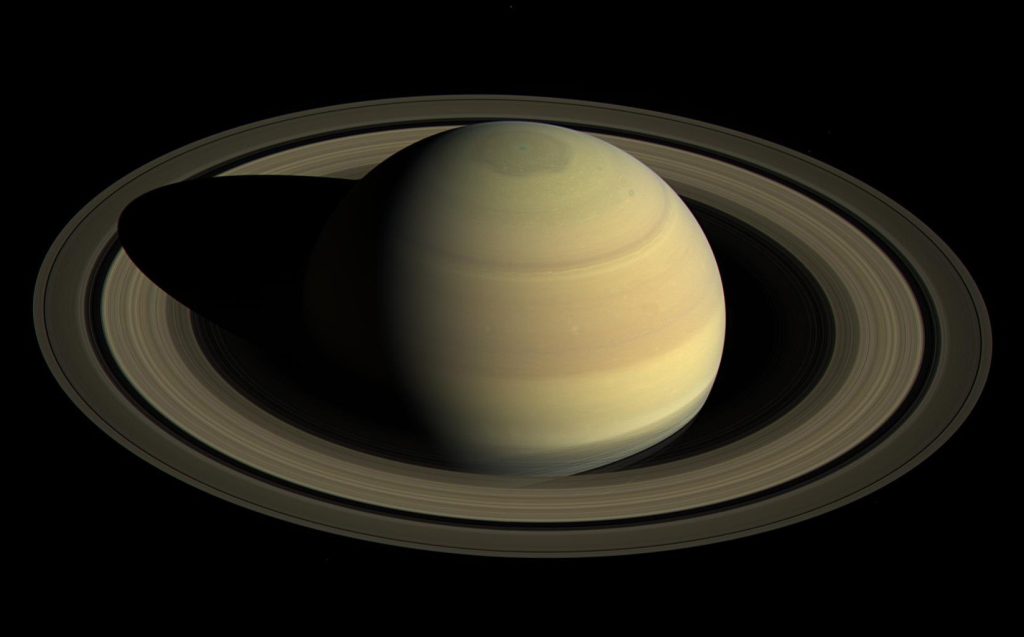
On average, Saturn is 1.4 billion km from the Sun. It takes 29.5 years to make one revolution around our star.
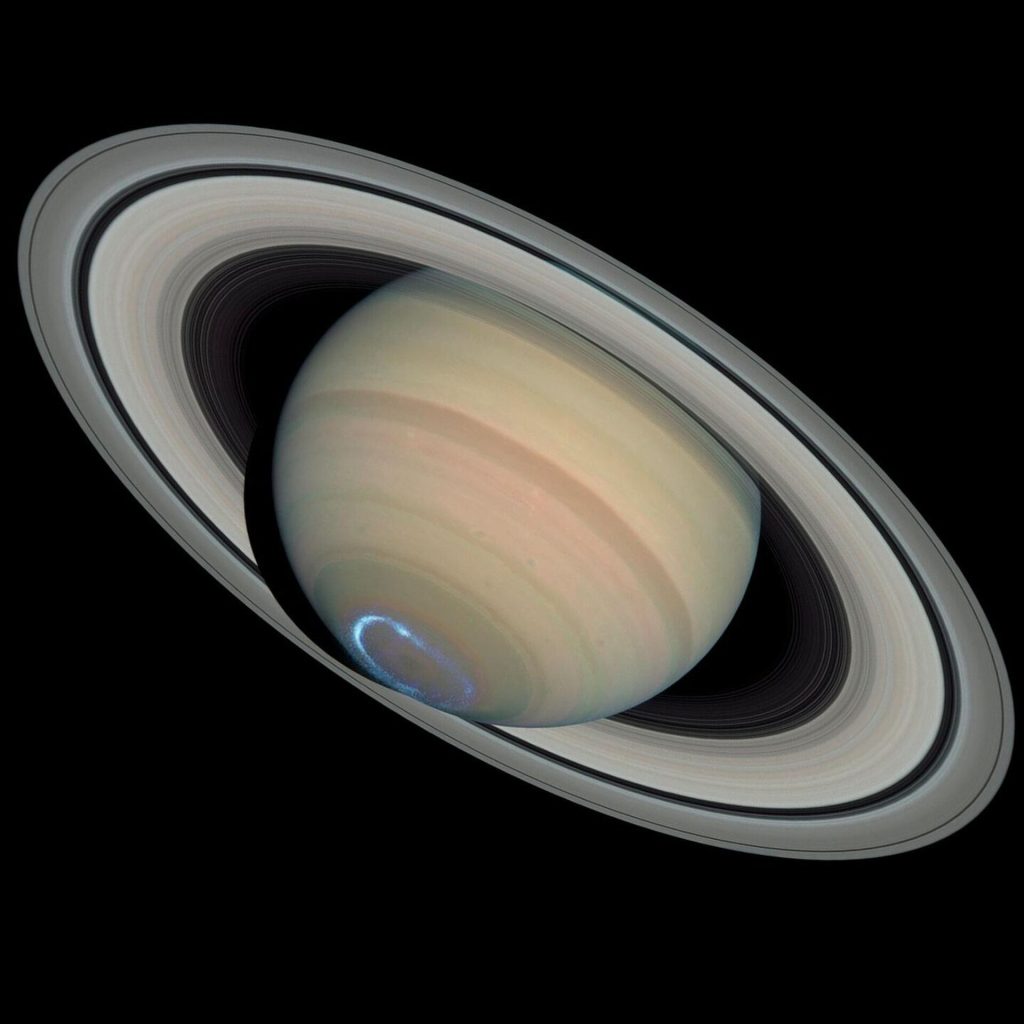
Saturn is the least dense planet in the solar system. Its average density is 0.68 g/cm3, which is almost a third less than the density of water.
